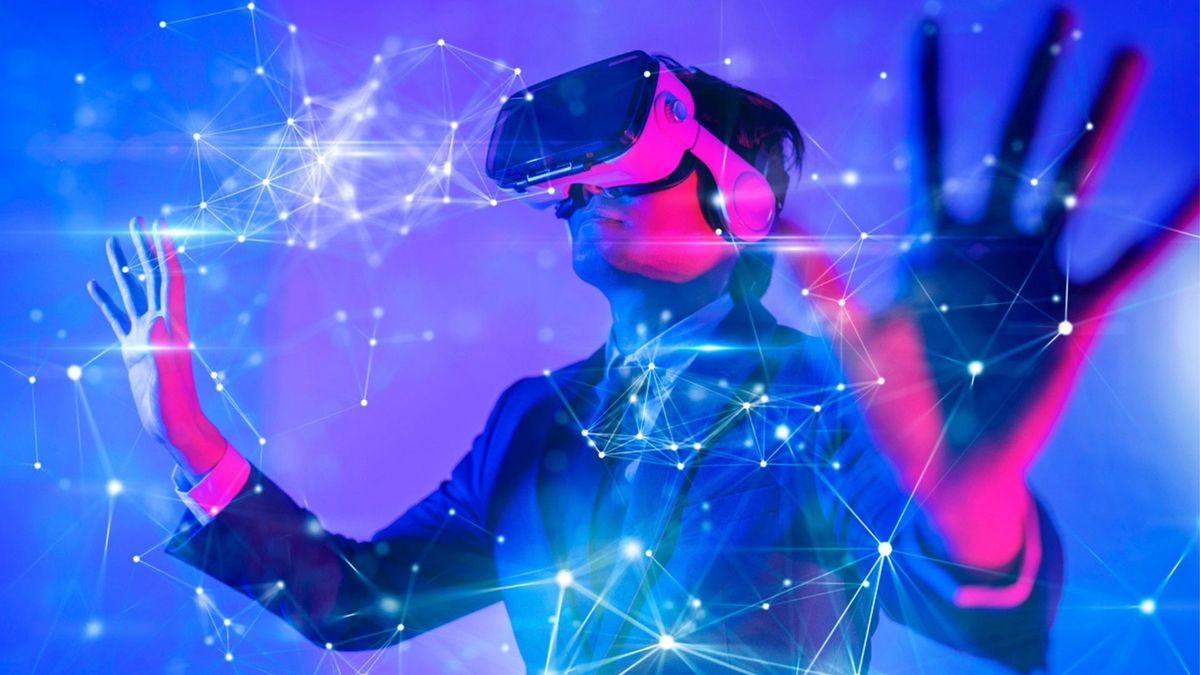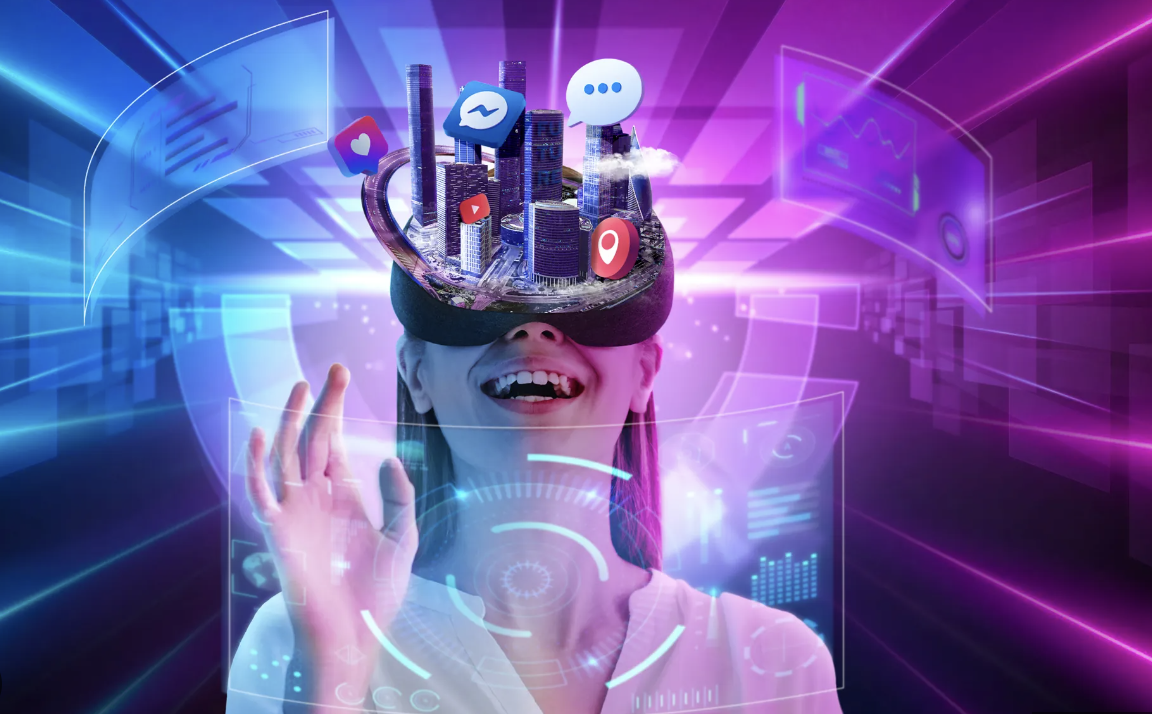Do you find something odd about the title of this article? Did you notice that I have termed Web 4.0 as a ‘ladder’ and not a ‘bridge’ to Web 5.0?
Yes. Web 4.0, though an incremental advancement to Web 3.0, is not a full-blown version change for the internet. It is a development layer that is necessary for the next step, but it doesn’t qualify itself as the next step.
Before we dive into the two significant upgrades to the internet, let us recap the progress so far.
Web 1.0
The first version of the internet only allowed users to read content on web pages. One could not interact with the content; it was one-way communication.
Web 2.0
The version we use today, allows users to create and post content on the internet (social media), write blogs, post opinions, and comment on what they read or view. Two-way communication completes the circle.
Web 3.0
Web 2.0 faces the challenges of data privacy and data security. The content is in control of a few technology players and they do tend to misuse personal information for monetary gains. Web 3.0 solves the problem by decentralizing data management. Users are completely in charge of safeguarding their own identity and personal information. Web 3.0 is based on blockchain technology.
A peek into Web 4.0
A standard definition for Web 4.0 is yet to be approved by any authoritative organization or people in power. However, there’s a consensus that it will be a ‘symbiotic web’. It will augment the interaction of man and machines in symbiosis. A symbiotic relationship will allow machines to learn from human interactions and provide insights that assist decision-making.
The symbiotic web will facilitate the development of autonomous, proactive, content-exploring systems. These systems will be driven by self-learning, collaborative, and content-generating agents based on fully matured semantics.
Web 4.0 will also be the platform for reasoning technologies and AI. AI will be leveraged to automate processes, generate insights, and drive decision-making. Deep learning models and natural language processing will fuel AI-driven automation.
By enabling the integration of virtual reality (VR) and augmented reality (AR) applications, users will interact with content in a three-dimensional space. It will open up new possibilities for content creation and delivery, and revolutionize user experience.
 Image Courtesy: Interesting Engineering
Image Courtesy: Interesting Engineering
As the technology matures, we will see the development of autonomous agents and systems that can interact with humans more naturally.
If this sounds exciting enough, buckle up for the revolution called Web 5.0!
The promise of Web 5.0
Web 5.0 is a brainchild of the former Twitter CEO, Jack Dorsey. The goal is to create a powerful decentralized platform where users are completely in control of their data and identity.
Sounds like Web 3.0? It certainly does! However, there is a difference.
The technologies and protocols employed to build these platforms are different. According to Jack Dorsey, Web 5.0 is based on multiple blockchain systems or single point-of-failure systems. He claims that Web 3.0 is more centralized than what media and public discourse proclaims. It is also believed to be controlled by a few venture capitalists.
Developers of Web 5.0 hold the opinion that blockchain technology is not a necessity for decentralized platforms. The applications can be built on popularly understood concepts of distributed centralized systems in computer science.
Web 5.0 will leverage bitcoin for decentralized apps. Users will use a digital wallet that protects their identity and authorizations for external apps and connections. Data would not be stored with third parties; it would be in the control of the users.
Now let us marry Web 4.0 and Web 5.0 and imagine the ideal internet.
A 3D experience assisted by AI agents in your own private space you can trust.
 Image Courtesy: Lycan Creative
Image Courtesy: Lycan Creative
Does that sound sumptuous? Get ready for the next-generation internet.
Arriving soon!
Sources:


